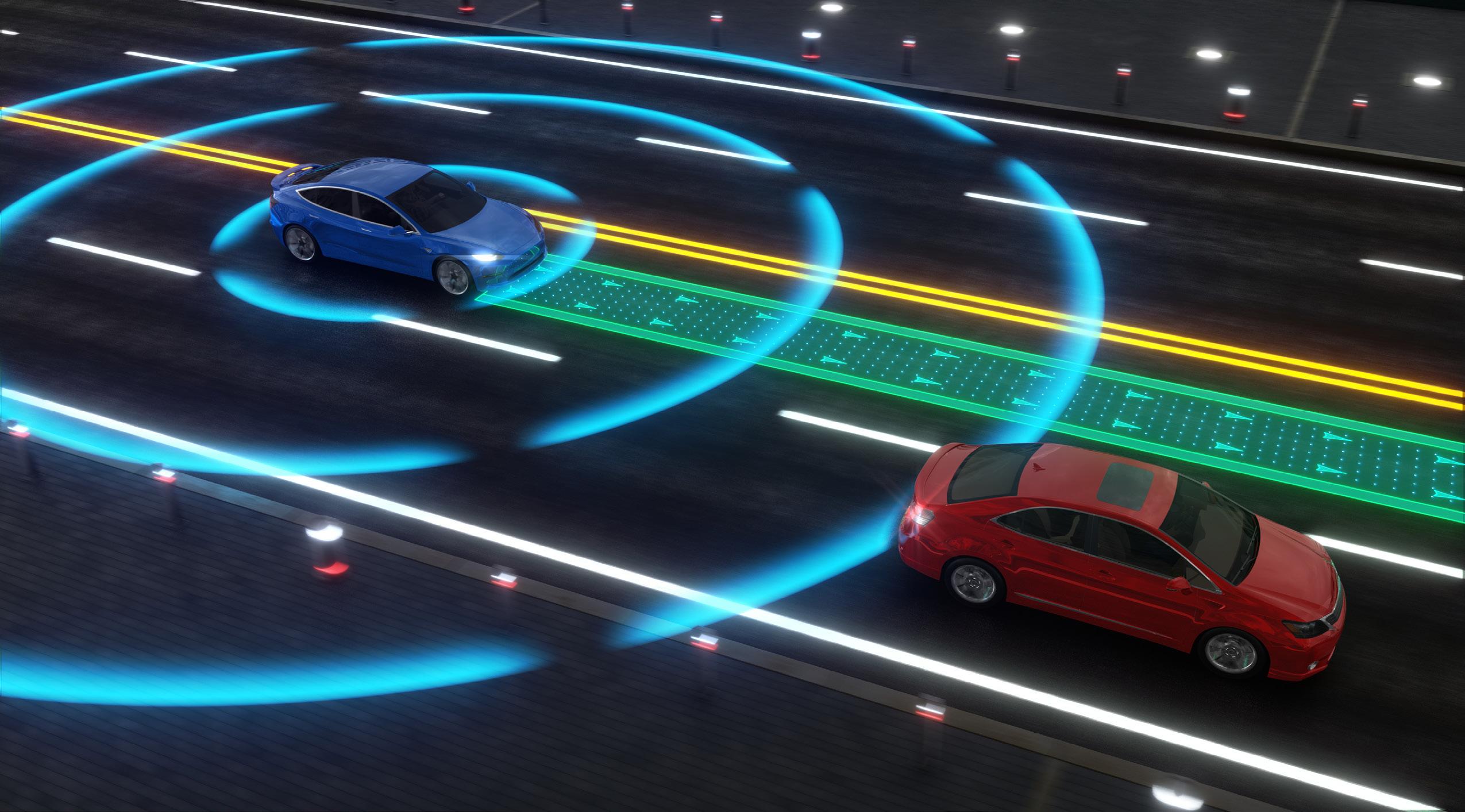
13 minute read
Tech feature: ADAS A to Z
from Auto Channel 49
by Via Media
ADAS A to Z
THE TERM ADAS COVERS AN INCREASINGLY LARGE GRAB BAG OF INTERCONNECTED VEHICLE SYSTEMS. HERE WE STRAIGHTEN OUT THE TANGLE TO GET A HANDLE ON WORKING WITH THEM
Advertisement
Mention the term ADAS (advanced driver assistance systems) and the first things that will probably come to mind are radar cruise control and lane watch. However, ADAS is much more than that — as the name indicates, it is a system, or even a system of systems.
These systems are made up of subsystems that utilise many individual components; and not every vehicle is configured in the same way. Here we will take a look at ADAS one component at a time, hopefully dispelling some of the myths and fears that keep some workshops at a distance.
THE KEY PIECES
ADAS subsystems are designed to work together to help the driver and passengers — as well as the occupants of other vehicles and pedestrians — move around safely while sharing our roads.
And the system appears to work, as the implementation of ADAS has led to measurably fewer accident-related injuries overseas, and more lives spared. Enabling these systems to react fast enough is a combination of the onboard ECU’s (electronic control unit) processing power, as well as the capable speed (or baud rate) of the networks sharing the data. In fact, they deliver reaction times that are far quicker than those of human beings.
As a result, in America the National Highway Traffic Safety Administration has mandated that all new vehicles possess certain ADAS subsystems. And as manufacturers drive towards vehicle autonomy, these systems will continue to become more prevalent, meaning the everyday jobs we have performed for decades will now require ADAS system calibration to operate safely. It’s important to note that workshops will be held responsible for that calibration, regardless of how you choose to handle it.
So ADAS can no longer be avoided, which means it makes no sense to farm out the calibration to dealerships or mobile technicians. It is not only possible to do in house in most situations, but it is also a source of considerable revenue.
Simply getting over the hump of breaking down ADAS into its different understandable components will make it seem a lot less daunting. If we can determine the different subsystems available that make up ADAS, identify the components that contribute to these subsystems, and learn how they function, we will get a much better idea of how to tackle ADAS challenges when they arise.
One thing to keep in mind is that ADAS systems are designed to assist drivers — they are not intended to replace drivers. However, if the calibration is not right, the response from the ADAS systems will not be either, delivering the opposite of assistance.
ADAS system combinations vary from vehicle to vehicle. Some of the components below provide input to the subsystems that make up ADAS, and we will visit them individually: • Image processing cameras • Radar • Lidar • Ultrasonic sensors • Electromagnetic sensors
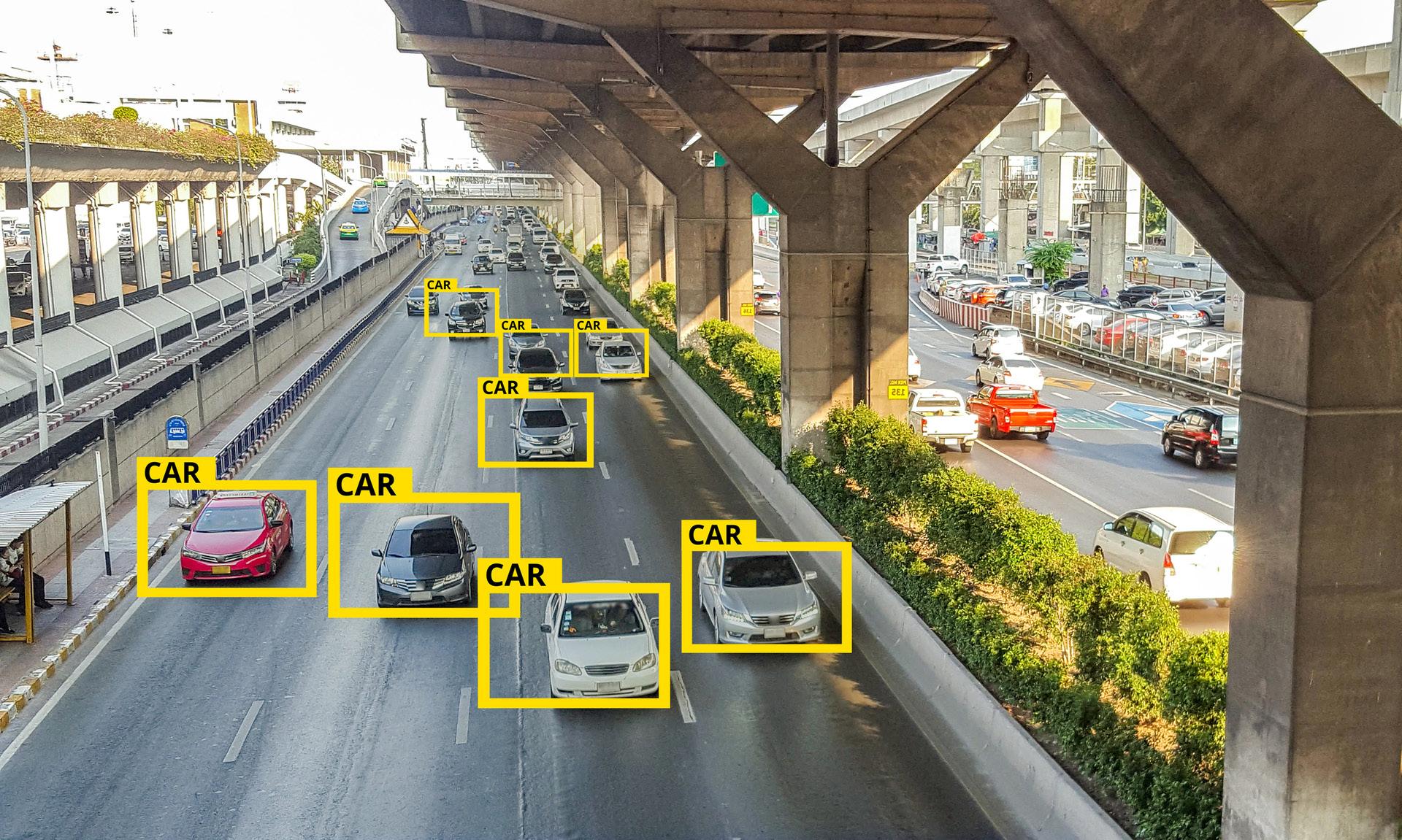
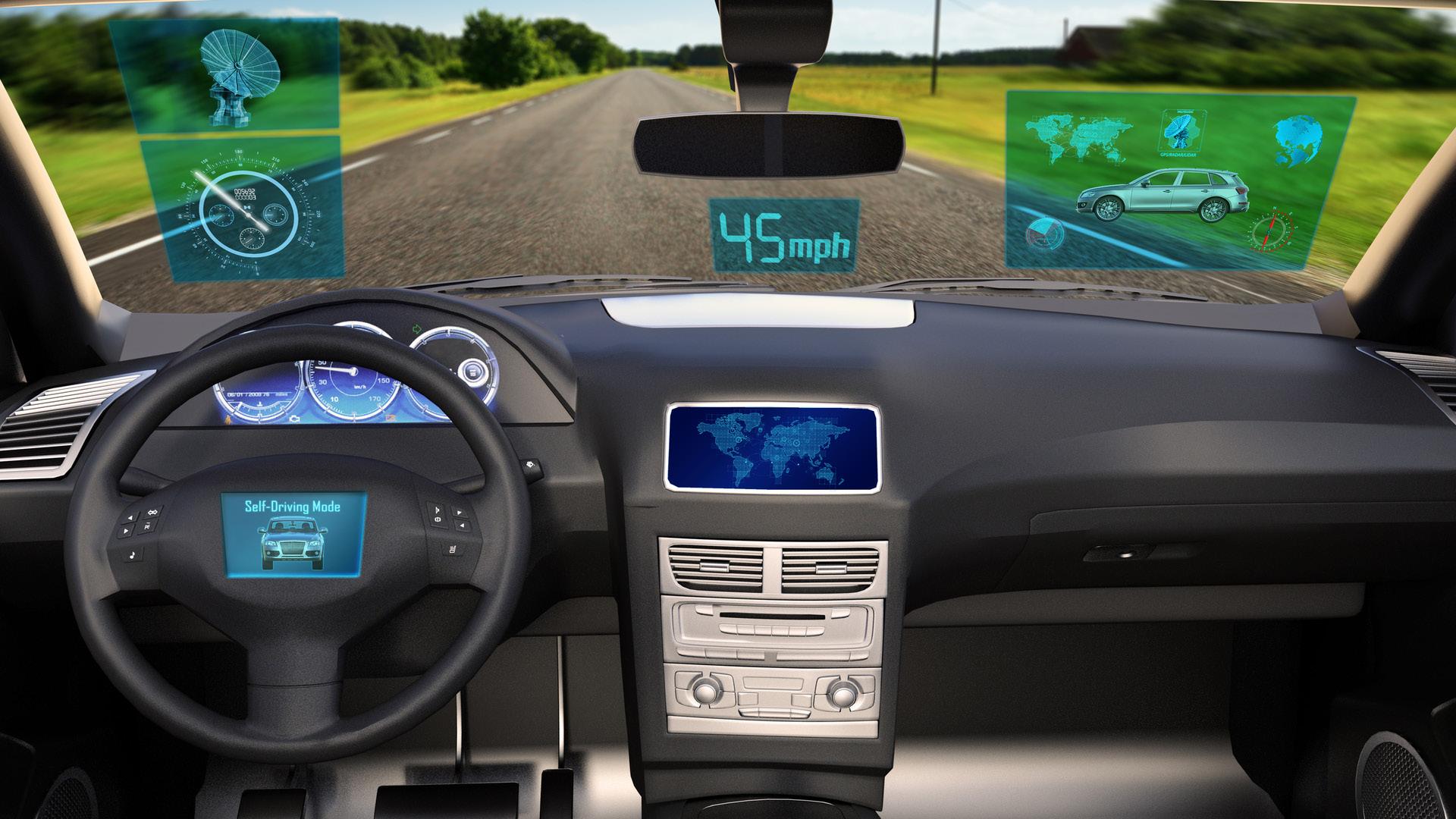
Fig 2 - Lidar or light detection and ranging systems are similar to night vision. The interpretation of this pulsed laser light is seen by the processing computer as a 3D image
Fig. 3 - Radar or radio detection and ranging systems emit sound waves and bounce them off objects nearby. The time it takes for the sound to return is used to determine proximity

RADIO DETECTION AND RANGING (RADAR)
This system detects objects using radio waves. It can accurately detect the range, angle, and/or velocity of objects by interpreting these cast radio waves (Figure 3). These systems work to provide similar detecting capabilities as the cameras but allow for cross-traffic alerts. For instance, if a child runs after a ball that is rolling into the street, the short or medium-range radar system would detect him/her and alert the driver. These radar systems also provide blind spot detection, alerting the driver to a possible collision when changing lanes. The short/medium-range radar system will help prevent rear-end collisions from occurring in parking spaces when reversing.
Another version of radar is used for longer ranges. The long-range radar is ideal for systems like adaptive cruise control (ACC). It will slow down the vehicle if it approaches the vehicle ahead of it too fast. This system will maintain a safe distance (selectable by the driver) from the vehicle ahead and can even resume the chosen speed/distance after stopping at a traffic light.
ULTRASOUND
Using ultrasonic proximity sensors, the distance between the vehicle and objects within close proximity can be detected, allowing the vehicle to get close to other vehicles during parking manoeuvres, without making contact (Figure 4). These sensors emit higher frequency noise undetectable to the human ear and at a speed of over 340 metres per second, and listen for the echo to return. As the detected object nears the vehicle, an audible warning is sent to the driver. The closer the object becomes, the more frequent the audible warning becomes. Just prior to contact, the audible tone becomes steady, strongly suggesting the driver stops approaching. Some systems will then apply the brakes to prevent an imminent collision. These sensors can be found both in the front of the vehicle as well as the rear. It’s this same technology that we see implemented in vehicles with liftgates, allowing an opening without contact by waving your foot in the path of the sensor’s view.
IMAGE PROCESSING CAMERAS
These cameras serve as the ‘eyes’ of the ADAS subsystems (Figure 1). They provide input to the lane departure warning subsystems, or Lane Keep Assist (LKA), helping to keep the vehicle between the painted lines on the road. These cameras also provide input to assist in parking the vehicle, aiming to prevent contact between two vehicles or other stationary objects. They can even begin to recognise road signs, etc, giving the system some artificial intelligence.
LIGHT DETECTION AND RANGING (LIDAR)
These systems use pulsed laser light to illuminate an object in their path and measure the distance (Figure 2). The interpretation of this pulsed laser light is seen by the processing computer as a 3D image. It’s this technology that allows autonomous vehicle features to function without driver input. This system is what provides for collision avoidance and what is known as braking mitigation, meaning if the vehicle gets too close to one in front of it, the vehicle could apply the brakes, increasing the distance between the two vehicles and/or reducing the rate of approach.

ELECTROMAGNETIC PARKING SENSOR

Very similar to the ultrasonic sensor, these sensors provide input to support similar capability; they just function differently. The input from these sensors will not only allow for an audible warning when a detected object is within close proximity, but can also allow for brake mitigation (more on that, shortly).
Each one of these systems can offer either a passive response to the driver (a simple audible or haptic warning), such as the vibration of the steering wheel or the driver’s seat frame, or an active response (a corrective action), such as steering correction or braking mitigation. Sometimes the vehicle allows for a selectable response or even for the system to be turned off entirely.
A TRUE NETWORK
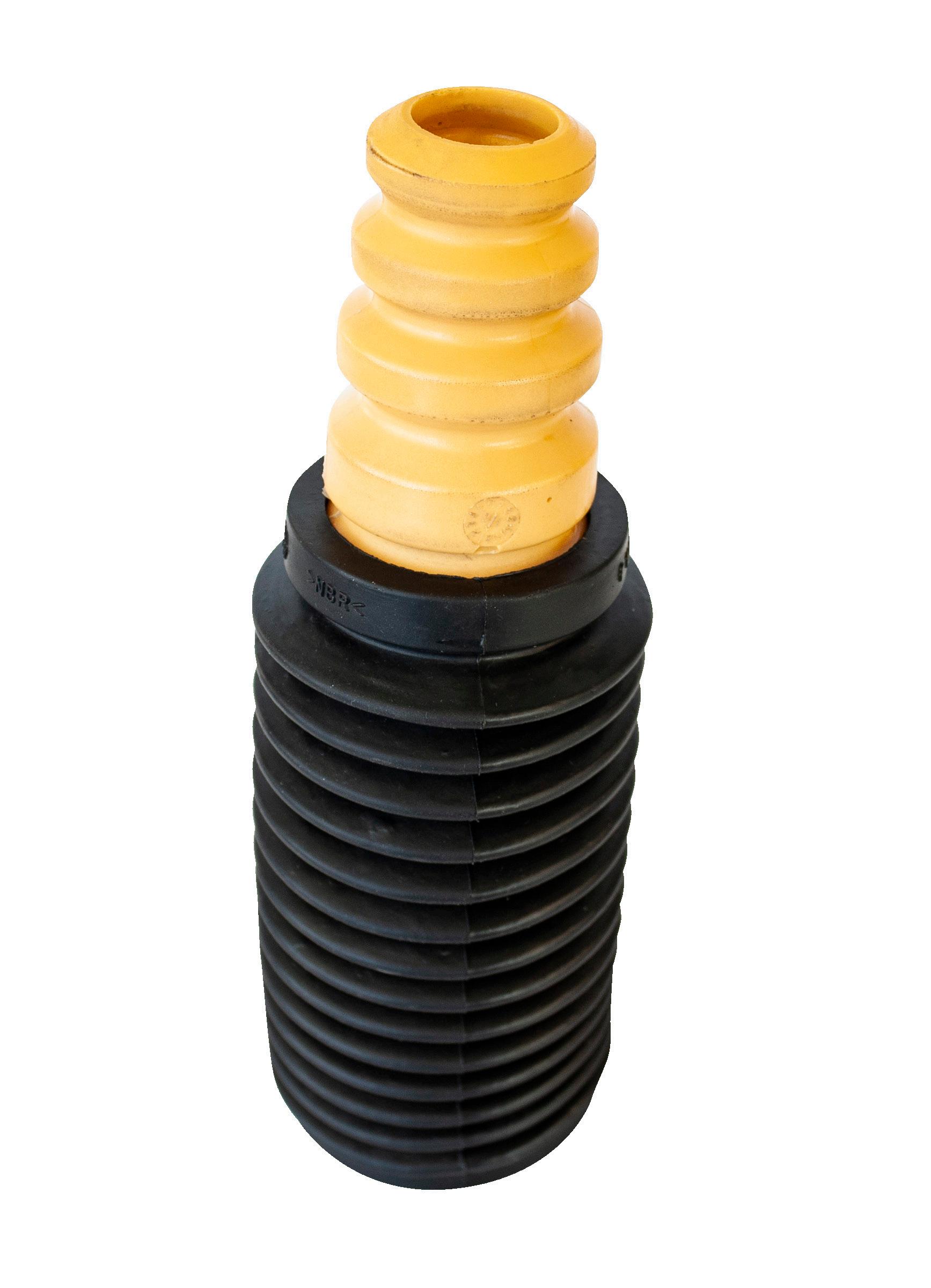
Each of those components can be associated with more than one system. We refer to that as sensor fusion. Because the information is communicated between multiple ECUs on the network, sensor fusion becomes possible, allowing for shared responsibility (Figure 5). For instance, combining images from forward-facing cameras, backup cameras (and possibly others) allow for an around-the-vehicle view and even give the vehicle the ability to display an image to the driver that seemingly sees straight through a pull-along trailer, connected to the vehicle. Or using inputs from both the lidar and forward-facing camera to determine the need for braking mitigation to avoid a rear-end collision. This same sensor fusion also allows for autonomous parallel parking, which seems like magic. Another example would be for the wheel speed sensors, yaw sensor, steering angle sensor, front camera input, and GPS to allow for proper compensation of the active headlamps at the appropriate time, preventing blinding of an oncoming car/driver, and increasing illumination in the direction the steering wheel is turned (input from the steering angle sensor).
Sensors provide the inputs, and the processed inputs allow the ADAS to make decisions about the appropriate output. Inputs like the ones below are used to operate and monitor the active responses:
Instrument panel cluster — serving as a gateway
Throttle position sensor — for speed control
Wheel speed sensors — to detect wheel slip during braking mitigation and acceleration for ACC
Yaw sensors/accelerometers — to prevent loss of control during active responses
Steering angle sensor — monitoring the actual feedback for active responses like LKA
Brake pedal position sensor — to determine a driver’s intention to stop
MASTERING THE BASICS
This is the easy part. All the components of all the subsystems of ADAS need just a few things to function properly: an adequate voltage supply, ground supply, ignition voltage supply, and a means to communicate with the other nodes on the networks. This is no different from analysing any other computerised system you have been faced with in the past. It simply requires access to service information, so that you can understand how the vehicle is configured.
Once that is known, research can determine what subsystem the subject vehicle has. When it comes to repairing or replacement, it’s always recommended to do the research ahead of time. Being physically and mentally capable of completing a repair isn’t enough. Having the proper tools and access to software is what it takes to complete the job correctly, and on the first visit.
Regarding ADAS calibration, there are two forms — static calibration and dynamic calibration. Some systems on some vehicles require one or the other. Some require either of the two, and some require both. Being prepared and having the appropriate tools can make ADAS calibration very profitable. Many mobile technicians capitalise on their knowledge of the technology by providing service solutions to surrounding collision and repair workshops in their areas. Some have created ADAS supercentres for themselves. They have the necessary level space, calibration equipment, proper lighting, and software to carry out the calibrations for most auto manufacturers, without any issues.
Profitability doesn’t only come from the fact that they have invested in the proper equipment and can complete the jobs they encounter efficiently — advertising is also very important. It’s vital to put the word out to all the local collision repair shops and insurance companies. Adequate parking to house all upcoming jobs, as well as a dedicated alignment rack solely for ADAS jobs is necessary. This makes for a very streamlined and profitable business within a business.
Venturing into the world of ADAS may seem expensive, but workshops have been down this road more than once. If you can simply consider that almost every vehicle that requires alignment will require an ADAS calibration, it should be clear that with only a few calibrations monthly, the ADAS calibration system will pay for itself in a very short amount of time. And as legislative requirements for ADAS systems for all future vehicles follow on from the improved safety results — and manufacturers continue to push the technology forward — the writing is on the wall.
Do your own research on the available systems. Take the time to figure out how many alignments you are currently doing per month. Maybe reach out to local collision repair facilities. After all, they must be getting the calibrations completed somewhere; why couldn’t it be in your new ADAS supercentre? It’s clear ADAS is not going away. It’s only going to become more prevalent as time passes. Jump on the train now — don’t wait until it’s too late.
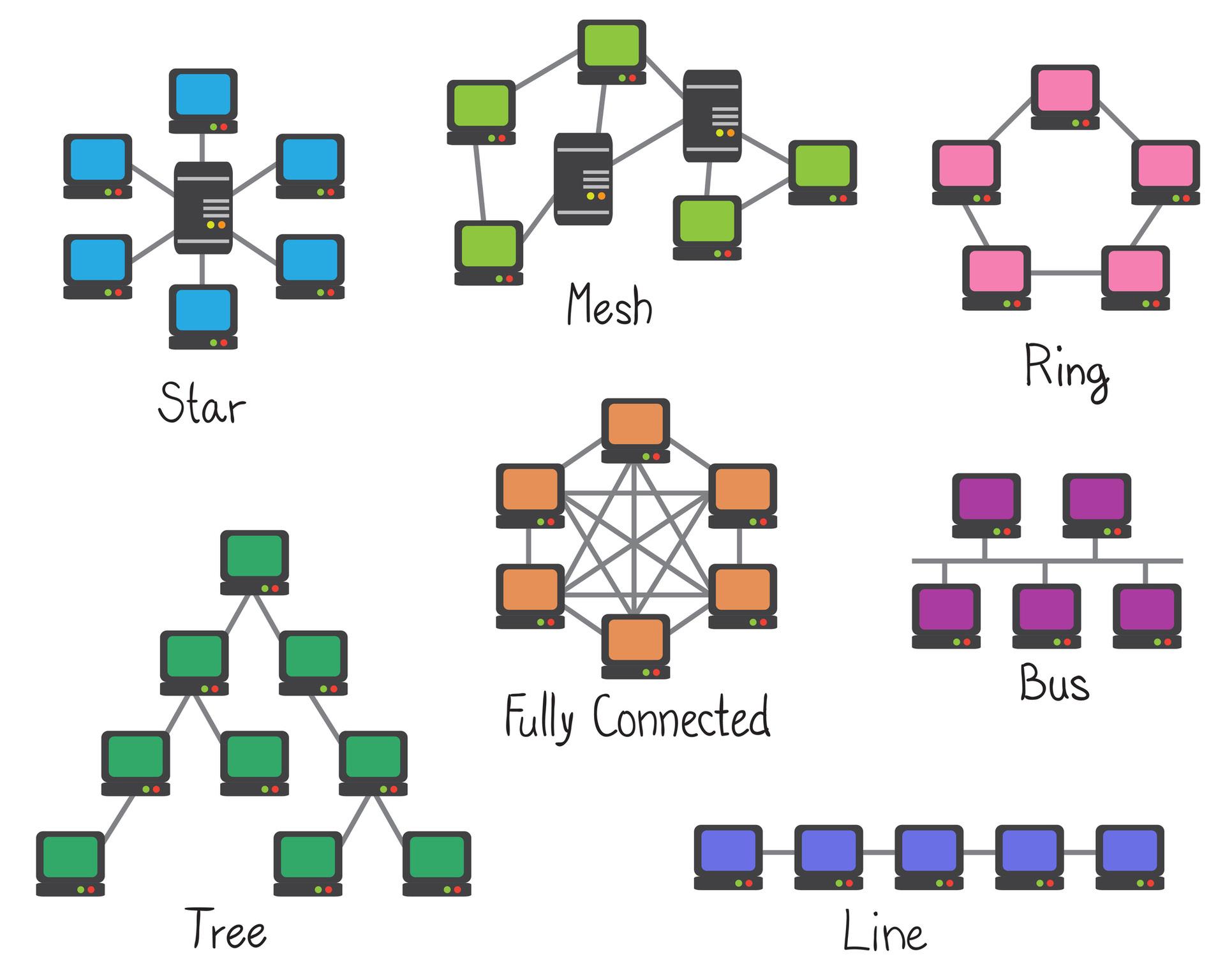
Attitudes to ADAS
A US SURVEY RESEARCHED PRACTICES RELATING TO ADAS IN THE REPAIR INDUSTRY, AND CONSUMER ATTITUDES WITH AN EYE ON FUTURE OPPORTUNITIES
The Automotive Aftermarket Suppliers Association (AASA) in the United States commissioned a research project on ADAS to highlight opportunities for the aftermarket, what the challenges are, and how this sits with consumers there.
New Hammer Ventures’ Jim Fish delivered a summary of the report covering key findings at ETI ToolTech 2022.
Fish and a team of students from the University of Michigan put the report together, surveying 350 repair facilities, researching 91 journals, articles, or academic papers, and conducted an in-person focus group of workshops that perform ADAS.
KEY FINDINGS
One million vehicles required ADAS service in an aftermarket workshop in 2021. Ninety percent of ADAS work coming into mechanical shops is outsourced. ADAS parts and services will experience 17 percent compound annual growth through to 2030.
Fish said this was a huge opportunity for the aftermarket as the work was coming in, just most of it wasn’t being done in aftermarket workshops. The work is being outsourced to the dealerships. Even collision repair shops, where most ADAS work is done, outsourced US$177 million worth of ADAS calibration work, and only 30 percent of collision shops are capable of ADAS component replacement.
“I really see ADAS as J2534 on steroids,” Fish said. “J2534 was a learning curve. There were many of the same problems that ADAS faces in the field.”
When the workshops were asked why they’re outsourcing the work, the three most common responses were that it was too hard, there’s no demand for it, and it was too expensive.
CONSUMER USAGE
The report stated that 45 percent of ADAS systems are deactivated by the consumer, even though, by 2030, ADAS systems will have lowered crash rates by 20 percent.
Further breaking down the helpfulness of ADAS, the report notes that:
Reverse vision (back-up cameras) decreases backing crashes by 42 percent.
Automatic emergency braking decreases rear end striking crashes by 46 percent.
Lane keep assist decreases lane-change crashes by 20 percent.
Additionally, Fish notes that 51 percent of crashes are the front end of one vehicle hitting the back end of another, so utilising these ADAS systems is beneficial to the consumer.
So why are people deactivating the systems? The report breaks it down into three reasons:
Forty-one percent of people do not believe the ADAS systems work.
Thirty percent of people believe the systems are not needed.
Forty-one percent of people say they find the systems’ noises/lights too distracting.
“Last year, it’s believed about 8800 people died from distracted driving [in the US],” Fish said. “Those deaths could be reduced dramatically.”
PROBLEMS WORTH SOLVING
Fish summarised the top three problems worth solving with ADAS in the aftermarket were: 1. Cost of ADAS repairs: The cost of parts and equipment is out of reach for most shops.
Aftermarket alternatives are needed as only OEM parts are available in many cases. 2. Low shop competency in ADAS services:
More training is necessary to help technicians understand this new and intimidating technology, but aside from requiring high-end diagnostic skills to service these systems, shops aren’t seeing the necessity of doing this training because they’re not seeing the volume in repairs making it essential to bring this service in-house. 3. Consumer usage of ADAS: It would be helpful to educate customers on the benefits of
ADAS systems so they do not deactivate them.
Apparently they also need to understand that while the systems help keep them safer — they are driver-assistance systems — it does not mean they can drive more recklessly. The systems can only do so much.










